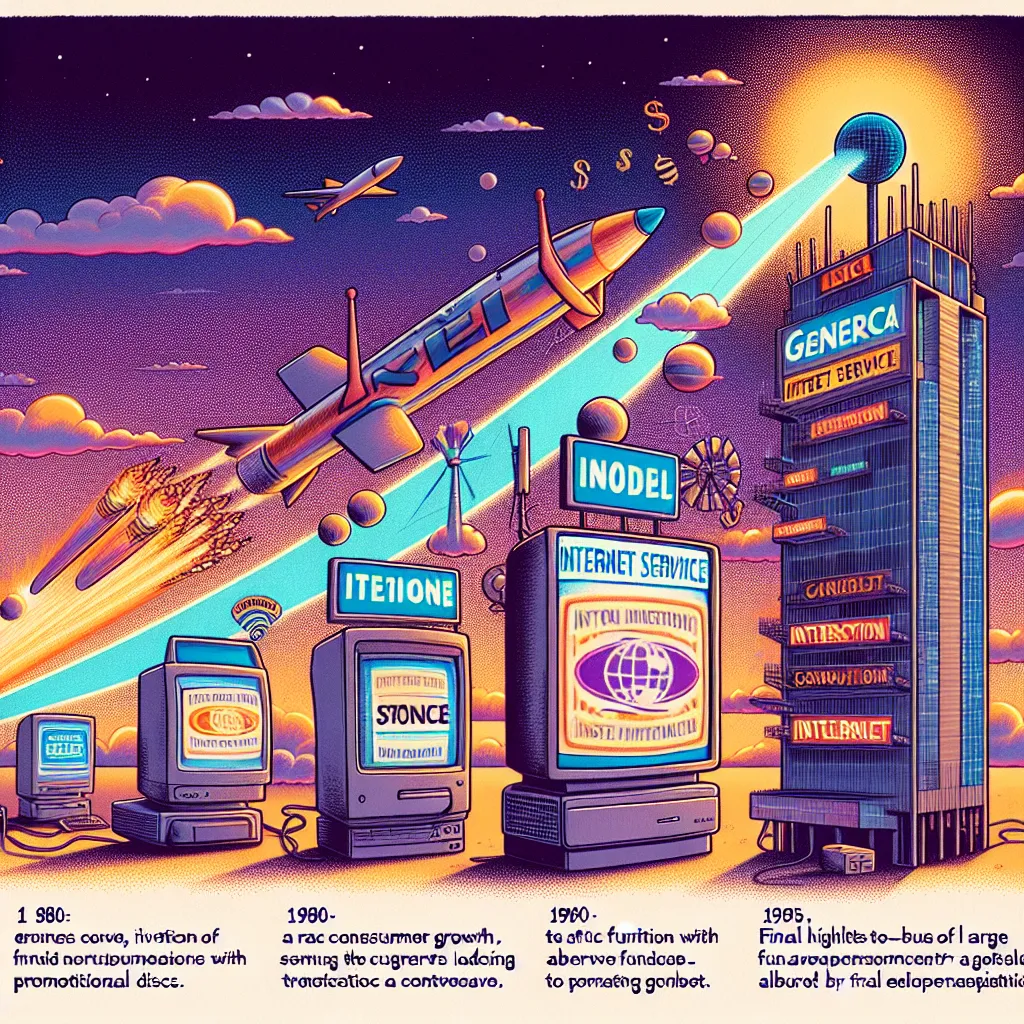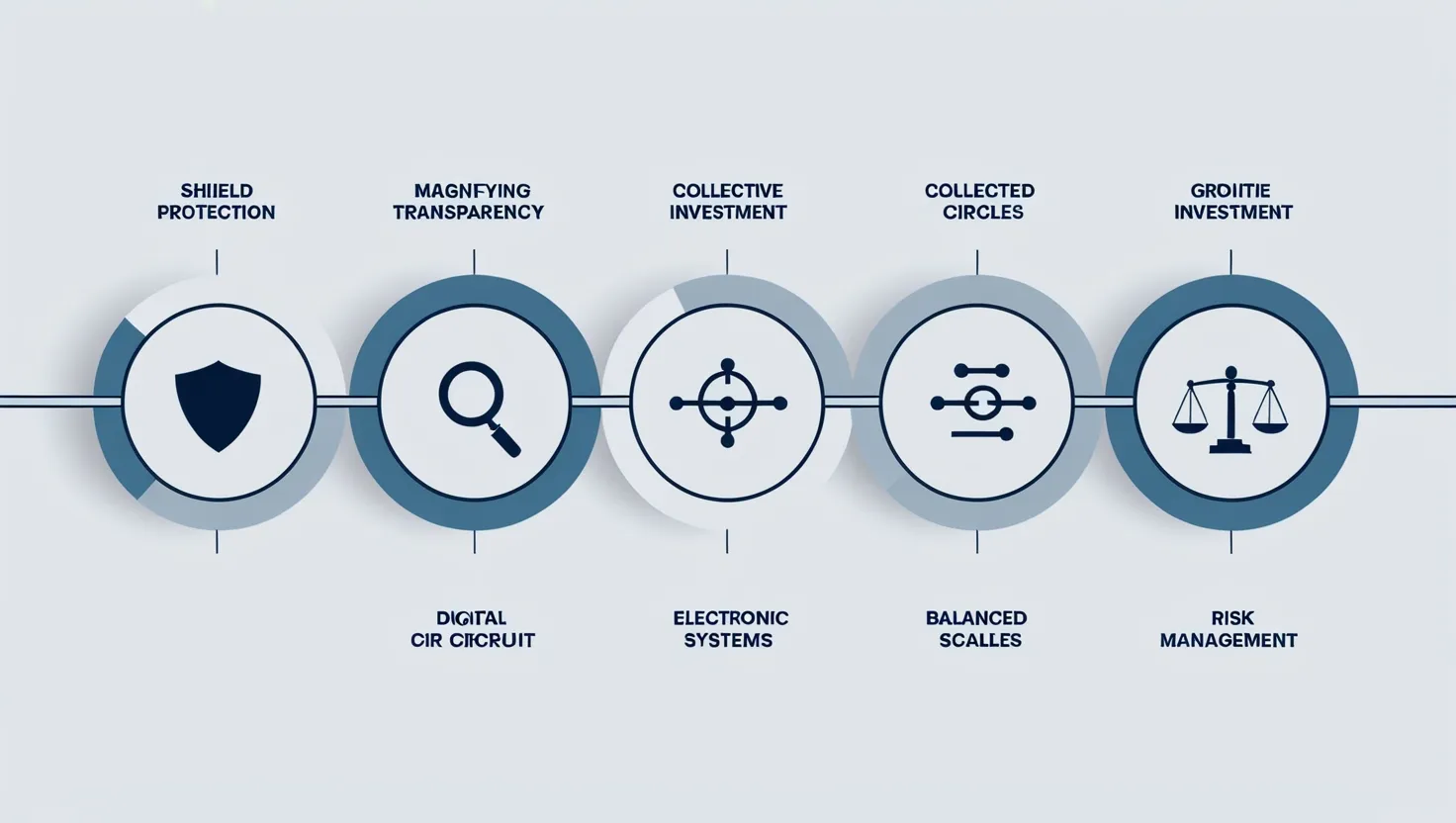Imagine being the top dog in an innovative industry, much like Google is today, only to watch it all crumble to dust. That’s the tale of AOL in the 1990s, the granddaddy of the internet.
The world in the early 1980s was a vastly different place. The internet was non-existent, and computers were loners, not connected to any networks, except for a rare few used by scientists and tech gurus. Setting up an online service back then was Herculean. But in 1983, Bill von Meister gave it a shot with GameLine, a service for renting Atari video games via dial-up. It was groundbreaking but ill-fated, as the infamous video game crash of 1983 nearly obliterated the console gaming industry. By 1985, von Meister’s venture was kaput.
Enter Steve Case, the former marketing director who picked up the pieces. He repurposed the GameLine infrastructure for the Commodore 64, rebranding it as Quantum Link. This proto-internet service allowed chatting, emailing, file sharing, and browsing news. Quantum Link thrived, unlike the ailing console market.
Apple took notice and requested a similar service, resulting in AppleLink in 1988. Shortly after, Steve launched PC Link for IBM-compatible computers. Although the Apple deal soured due to migration issues, it included a $2.5 million penalty clause, which Steve gladly collected. With it, he consolidated his service and birthed America Online in 1989.
Spotting Microsoft’s rising fame, Steve rolled out AOL for DOS in 1991 and Windows in 1992. By 1993, AOL provided public internet access. By June of that year, AOL’s dial-up service had 300,000 subscribers, rapidly growing thanks to aggressive marketing aimed at tech novices. Their subscriber count skyrocketed, and by January 1994, they had 600,000 subscribers. Steve invested heavily in marketing under Jan Brandt’s audacious lead. Brandt’s strategy was straightforward: offer AOL software for free and get it into as many hands as possible via an extensive and expensive direct marketing campaign.
The infamous AOL CDs soon became ubiquitous, appearing everywhere—magazines, retail stores, and even cereal boxes. This relentless marketing added millions of subscribers, making AOL the largest ISP in the US by 1996. They bought ICQ in 1998 and Netscape in 1999, expanding their arsenal further.
However, in 2000, AOL’s ambition led to their downfall with the ill-fated purchase of Time Warner for a staggering $164 billion. The merger failed due to technological limitations and clashing corporate cultures, resulting in a colossal $99 billion loss by 2002. Dial-up was losing to faster broadband, and AOL started bleeding subscribers, slipping to 9 million by 2007. They shifted focus to advertising, acquiring content sites like TechCrunch and Huffington Post.
By 2009, AOL was spun off from Time Warner and limped forward, with dial-up subscribers stabilizing at 2 million by 2013. Finally, in 2015, Verizon acquired AOL for $4.4 billion, aiming to merge it with Yahoo into a digital advertising giant.
And so concludes the epic saga of AOL, a company that once ruled the internet, only to be undone by its own ambitions and the relentless march of technology.






